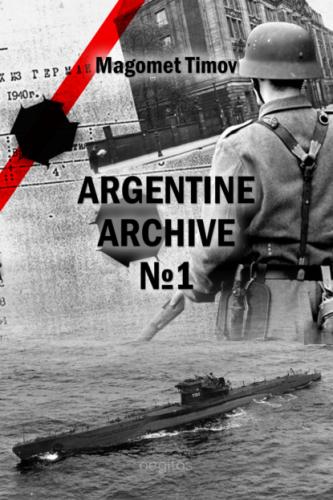“Under these circumstances, suffering from a near-complete lack of financial, material and human resources, our scientists had to create from scratch a new branch of science and industry – nuclear power. We were helped to a great extend by intelligence collected by our brave illegal intelligence officers, who collected information about the so-called ‘Manhattan Project’. By your future colleagues, by the way. Thanks to them, we have not lagged far behind the United States in the development of nuclear weapons and could maintain parity and avoid a new, now thermonuclear war.”
Sudoplatov fell silent, walked over to the teacher's table, then poured into a glass from a half-empty decanter and drank it. He swallowed greedily as if reliving all the tumultuous events of those recent, terrible years…
“Well, that’s just words,” he said sharply as if at once sweeping aside the affairs of bygone days and urging people to turn to the present day. “There was a war going on, we had to solve many problems simultaneously, and we somehow got through it. By focusing on the Los Alamos laboratories, we somehow lost sight of the German physicists. They, too, turned out to have advanced quite far in their research. Fission of the atomic nucleus was discovered in Germany by Hahn and Strassmann back in 1938, independent of the work of scientists in other countries. Only when other countries generated similar reports, did the idea of turning purely scientific discoveries into a superweapon for the Third Reich take root.
“Given how the technology developed in Germany, the focus there was on creating a nuclear reactor. The Germans were quite successful. Constant Allied bombing, which destroyed their heavy water plants, frequently slowed their research down.
“Yet, in 1940, Germany was head and shoulders above the rest of the countries taking part in nuclear research. The lack of raw materials initially created some problems. Yet, after Hitler annexed the Sudetenland of Czechoslovakia in 1938, he had the uranium mines near the town of Jachymov at his disposal. The occupation of Belgium also gave him about a thousand tons of uranium oxide, imported by the Belgians from their African colonies. Invading Norway brought Germany the only heavy water plant in the world at that time, which is used to slow down nuclear reactions. All this together allowed the German Werner Heisenberg to create the world's first ‘uranium machine’, as the nuclear reactor was then called.
“The Japanese attack on Pearl Harbor and America's entry into the Second World War made the development of atomic weapons a priority for the United States. In Germany, with its lack of resources, funding for nuclear research became a side issue. Hitler did not believe in creating an atomic bomb until the end of the war on the Eastern Front. The hardest campaigns of the winter of 1941-42 and the defeat of Hitler's troops at Stalingrad showed that the war will be protracted. British secret services also conducted the secret operation called ‘Gunnerside’, during which they put out of action that same heavy water plant in Norway. Norwegian partisans destroyed the remaining stocks of heavy water, or deuterium oxide. German researchers finally switched to ‘broke’ mode: no money, no resources. Meanwhile, the end of the war was near.
Конец ознакомительного фрагмента.
Текст предоставлен ООО «ЛитРес».
Прочитайте эту книгу целиком, купив полную легальную версию на ЛитРес.
Безопасно оплатить книгу можно банковской картой Visa, MasterCard, Maestro, со счета мобильного телефона, с платежного терминала, в салоне МТС или Связной, через PayPal, WebMoney, Яндекс.Деньги, QIWI Кошелек, бонусными картами или другим удобным Вам способом.
